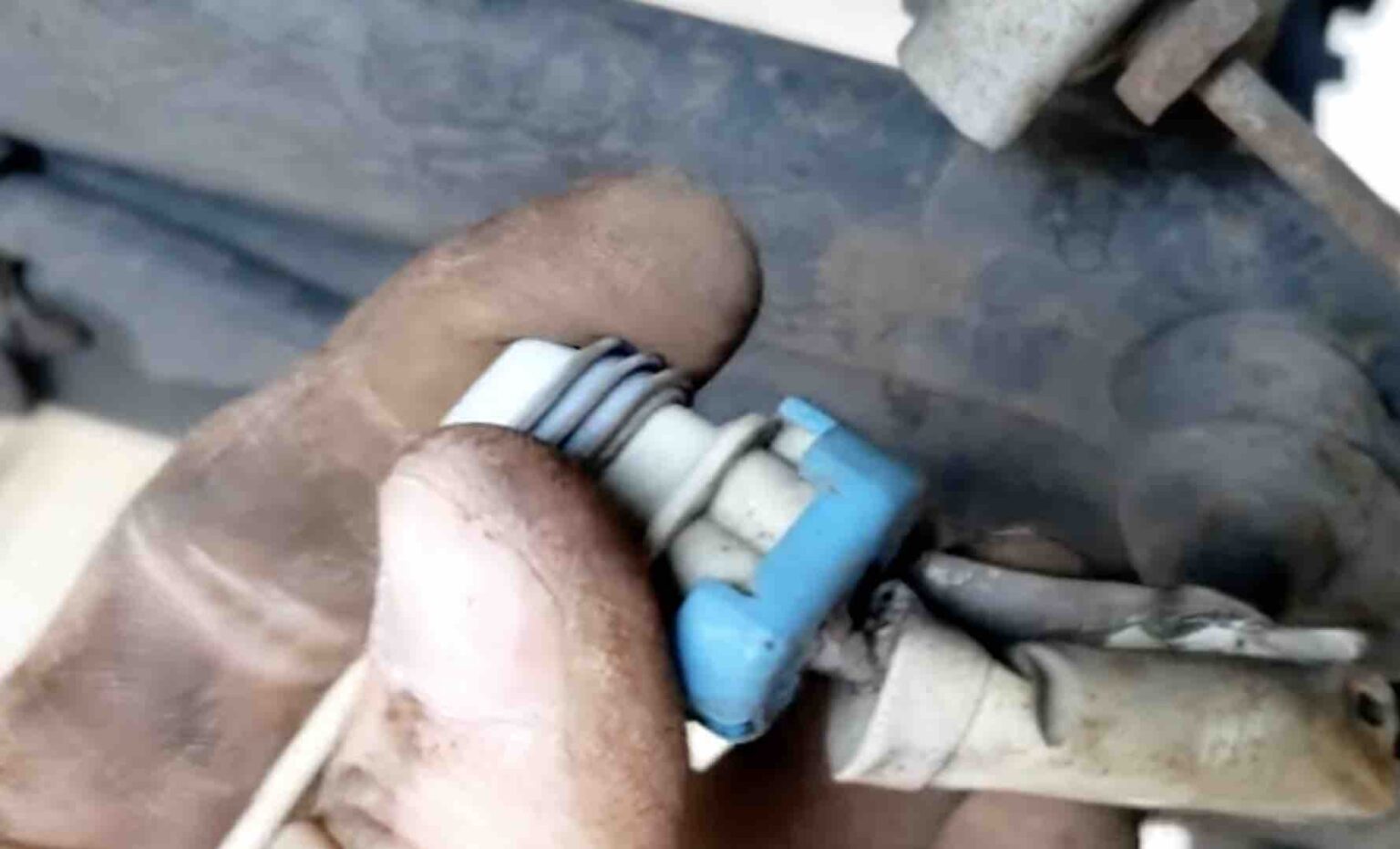When your Anti-lock Braking System (ABS) fails, it can put your safety and vehicle stability at risk. One common culprit is a faulty ABS sensor. This guide will provide you with a comprehensive overview of ABS sensors, their function, common problems, and step-by-step instructions on how to diagnose and fix them.

Image: vehiclefreak.com
What is an ABS Sensor?
An ABS sensor is an electronic device that monitors the rotational speed of each wheel. When the ABS system detects a significant difference in wheel speed, indicating potential loss of traction, it activates the ABS to modulate brake pressure and prevent wheels from locking up during braking. Ensuring optimal braking performance and maintaining vehicle control.
Identifying and Diagnosing ABS Sensor Issues
If you experience any of the following symptoms, it could indicate a problem with an ABS sensor:
- ABS warning light illuminated on the dashboard
- Erratic or pulsing brake pedal during braking
- Reduced braking capacity
- Loss of stability or traction during braking
To diagnose the issue further, use an OBD-II scanner to read any fault codes related to the ABS system. Check for physical damage or loose connections within the ABS sensor wiring harness. Additionally, inspect the sensor for rust, corrosion, or debris that could interfere with its operation.
Troubleshooting Common ABS Sensor Problems
1. Open or Short Circuit in the Sensor Wiring: Use a multimeter to test the continuity of the wiring harness and ensure there are no breaks or short circuits. Replace damaged wires if necessary.
2. Contamination or Corrosion of Sensor Surface: Clean the sensor and tone ring thoroughly to remove any dirt or debris. Use sandpaper or a wire brush to remove corrosion, ensuring a proper magnetic connection between the sensor and tone ring.
3. Incorrect Sensor Gap: Measure the gap between the sensor and tone ring using a feeler gauge. Adjust the sensor according to the manufacturer’s specifications to maintain an optimal distance for signal transmission.

Image: autovfix.com
Expert Tips on Maintaining ABS Sensors
- Regular Inspections: Check the ABS sensors for any damage, corrosion, or debris during routine vehicle maintenance.
- Cleaning: Regularly clean the sensors and tone rings to prevent dirt or debris accumulation that could affect their performance.
Frequently Asked Questions on ABS Sensors
Q: Can I drive with a faulty ABS sensor?
A: Yes, but it is not recommended. A faulty ABS sensor can impair your braking performance and stability, increasing the risk of accidents.
Q: How much does it cost to replace an ABS sensor?
A: The cost can vary depending on the vehicle’s make and model. On average, the cost of replacing an ABS sensor ranges from $150 to $300 including parts and labor.
How To Fix An Abs Sensor
Conclusion
Maintaining healthy ABS sensors is crucial for the optimal performance of your vehicle’s braking system. By understanding the function, diagnosing potential issues, and following the troubleshooting tips provided in this guide, you can ensure your ABS system operates efficiently. If you have any further questions or need assistance, consulting a qualified mechanic is always recommended. Remember, your safety is paramount when it comes to vehicle maintenance. Stay informed and drive safely.







